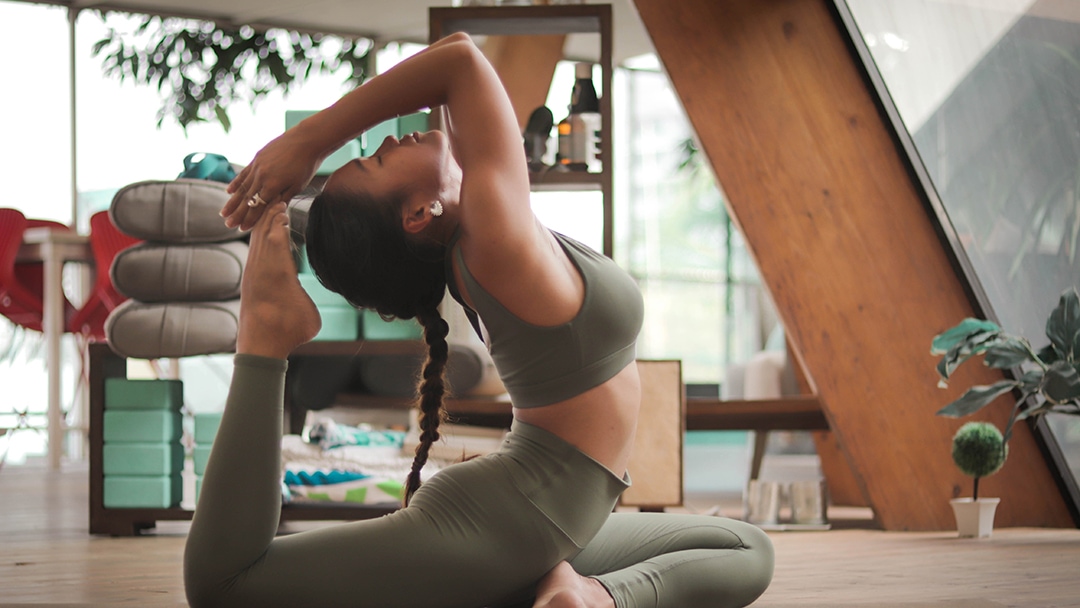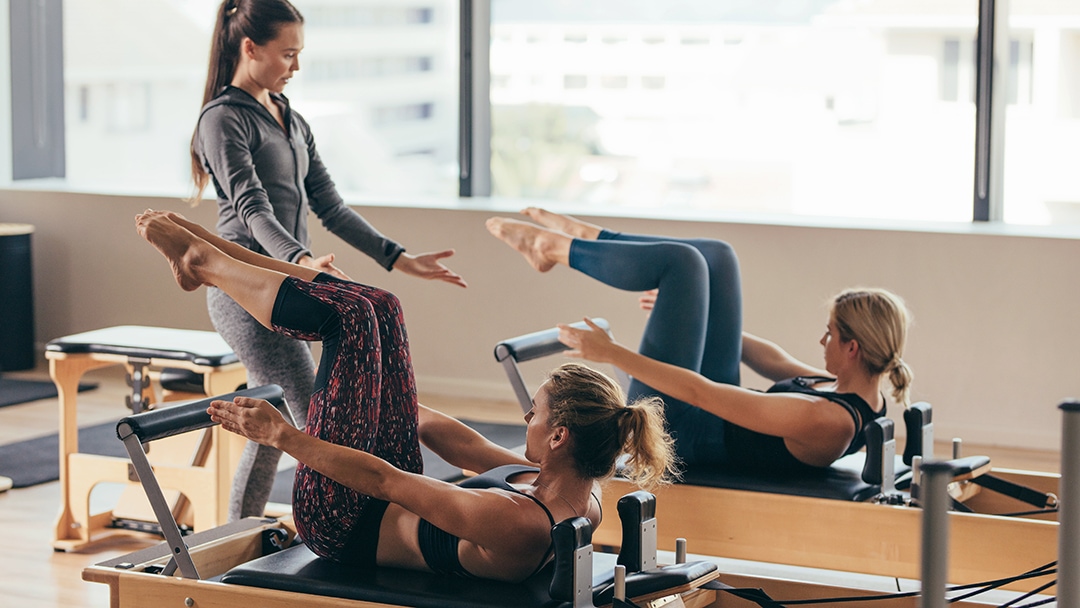WORKOUTS
Pilates vs. Yoga - What's the Difference?
Yoga and Pilates have emerged as some of the most popular forms of exercise worldwide. More than 36.7 million Americans were practicing yoga in 2016. About 10 million are men. Another 28.8 million Americans practiced Pilates. Both disciplines support health and well-being. Despite their similarities, they are not one and the same.
The question is: how does yoga differ from Pilates? More importantly, which discipline is best for you? Let's compare the two and see how they benefit your health!
Yoga at a Glance Yoga has been around for over 3,000 years. It emphasizes mindfulness and incorporates a variety of techniques, such as meditation, deep breathing, and positive thinking.
Yoga has been around for over 3,000 years. It emphasizes mindfulness and incorporates a variety of techniques, such as meditation, deep breathing, and positive thinking.
This centuries-old discipline focuses on the mind-body-spirit connection. It not only shapes your figure but also calms your mind and brings inner peace. With regular practice, yoga can restore your emotional balance and increase your resilience to stress.
There are different styles of yoga available, and each has unique characteristics. The most popular ones include:
- Hatha yoga
- Ashtanga yoga
- Classical yoga
- Kundalini yoga
- Bikram yoga
- Iyengar yoga
- Vinyasa yoga
Bikram or hot yoga, for instance, involves practicing 26 poses in a room heated at 105 degrees F. The moves are intense and forceful, targeting every muscle in the body. A typical session burns at least 716 calories depending on your body weight. This makes hot yoga ideal for those trying to lose weight.
Kundalini yoga consists of invigorating poses that boost mental and physical health. It appeals to those struggling with stress, depression, anxiety, or low energy. This form of exercise helps relieve stress while boosting your creativity and mental clarity.
Nowadays, most gyms offer prenatal yoga classes to expecting mothers. As its name suggested, this yoga style prepares the body for labor and childbirth. It opens the hips, strengthens the pelvic floor muscles, and eases labor pain.
All types of yoga have one thing in common: they promote optimal health and reduce stress. Some help with premenstrual syndrome and back pain. Some relieve headaches and lower blood pressure. Others aid in weight loss and improve cardiorespiratory fitness. Choosing one depends on your needs.
What's Pilates All About?
Compared to yoga, Pilates is a new discipline that emphasizes core strength and muscle flexibility. Additionally, it involves special equipment for a more challenging workout.
This practice was developed in the mid-20th century. It was widely used in rehab and injury prevention. Today, people worldwide practice Pilates to get leaner, stronger, and fitter. Just like yoga, this discipline focuses on balance, strength, body alignment, and breathing. It also wards off stress and supports mental health. However, Pilates aims to develop core strength and improve overall fitness. It doesn't involve meditation and other spiritual practices.
Just like yoga, this discipline focuses on balance, strength, body alignment, and breathing. It also wards off stress and supports mental health. However, Pilates aims to develop core strength and improve overall fitness. It doesn't involve meditation and other spiritual practices.
Research shows that Pilates exercises improve flexibility and lumbo-pelvic movement control. In the long run, it lowers your risk of injury and boosts sports performance. At the same time, it tones your muscles, especially the core, lower back, quads, glutes, and hip flexors.
Our Verdict
Luckily, you don’t have to choose between Pilates and yoga. Both disciplines have unique perks and complement each other. Health experts actually recommend using both as part of a varied training program. Pilates helps build core strength, which improves your balance and flexibility during yoga classes.
However, if you have to choose one, consider your needs and health goals. For stress relief and relaxation, yoga is your best bet. To get a lean, strong body and boost your fitness, go for Pilates.
Summary
- Yoga and Pilates share similar traits, but are not one and the same thing. Choosing one depends on your needs.
- Pilates has been around since the 20th century, while yoga has been practiced for thousands of years.
- Pilates emphasizes core strength and flexibility. Yoga focuses on the mind-body connection.
- Health experts recommend using both disciplines to keep your workout varied.
